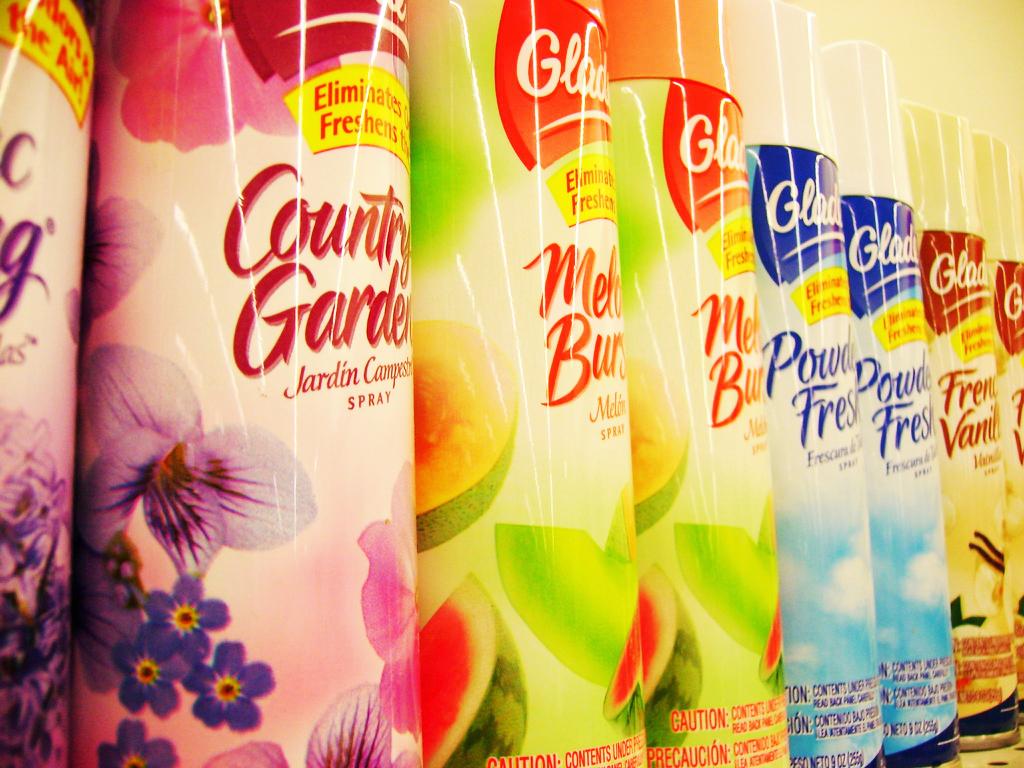3 Mins Read
Air fresheners have become a household staple over the past few years with over 75% of homes using some form of them. We have become unusually obsessed with the way things smell, and the air freshener industry has greatly profited!
Air fresheners come in many different forms, from air and fabric sprays to plug in burners to carpet cleaners and even scented stones and candles. They are actually quite a misnomer as they almost never “freshen” the air. They can be used to neutralize smells in your home by masking odors but in rare cases do they actually break down the offensive odor or improve the indoor air quality. In fact, they almost consistently do the opposite, wreaking havoc on your home’s air quality by introducing artificial toxins. Study after study has shown that the use of air fresheners indoor trigger allergies, asthma and other breathing problems. They are also very harmful to babies, the elderly and pets, as they can compromise your immune system.
Beware, most of the products that make a label claim like green, natural or organic and no better than any other air freshener on the market and contain the same types of chemicals.
What is in Air Fresheners?
Air fresheners tend to contain four basic ingredients: formaldehyde, petrochemicals, aerosol propellants and p-dichlorobenzene. All four of these are known to have severe health effects, such as watery eyes, difficulty breathing, dizziness, headaches, nausea, asthma, increased cancer risk and even liver damage and hormone disruption.
Phthalates are found in all air fresheners and don’t need to be listed on the label. They are used to dissolve and carry fragrances.
Artificial fragrances, which contain their own mix of toxic chemicals, are found in all fresheners.
Alternatives to Air Fresheners
The truth is, when you clean a home regularly, ventilate it adequately and filter the air properly, it should smell great without the need for artificial air sweeteners. But if you do like to sweeten your scent, here are a few suggestions:
- Open the windows: every house benefits from a good airing out. Open on all sides of the house to create a cross breeze that gets air moving.
- Odor absorbers: use a neutral odor absorber such as baking soda. Just put some in a bowl in the corner of a room and leave it in smelly areas.
- White vinegar: it’s great to remove odors from surfaces – just spray and wipe.
- Homemade potpourri: mix some flowers, spices and bulk herbs and leave them out in a little bowl
- Essential oils: dab a little of your favorite essential oil on a light bulb or an oil warmer to gently scent a room.
- Citrus peel: dry the peels under sunlight and then place it in closets or in you garbage can to absorb unpleasant odors.
- Indoor plants: grow some to help clear carbon dioxide and other environmental toxins while adding a green touch to your home. Make sure to choose plants that are meant to be used indoors.
- Candles: use 100% pure soy candles with 100% cotton wicks.
Photo credit: pax et agape via photopin cc.




